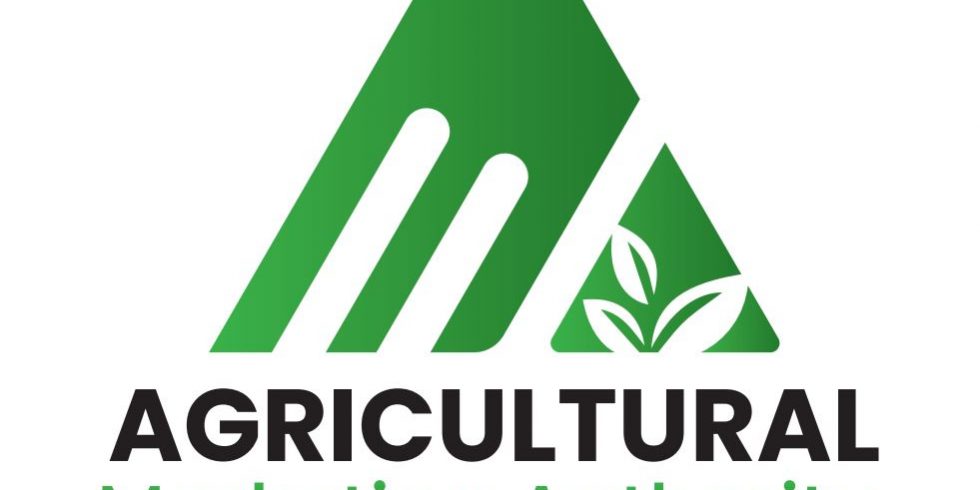
RABBIT production is poised to be a key driver in Zimbabwe’s economic growth
By Simon Pande
RABBIT production is poised to be a key driver in Zimbabwe’s economic growth as espoused in the Livestock Recovery and Growth Plan.
The commercialisation of small livestock production is viewed as an anchor for empowerment of rural communities and subsequent growth of rural economies. The Livestock Recovery and Growth Plan is a constituent of the Agriculture and Food Systems Transformation Strategy which targets that agriculture contributes about 20% of the country’s gross domestic product.
Under the Agriculture and Food Systems Transformation Strategy (2021-2025), the aspirations were to grow the sector from US$5.2 billion to an US$8.2 billion agriculture economy by 2025, but the target has already been achieved.
Rabbit production offers substantial livelihood and economic benefits. The rate of return on investment in rabbit production is high, making the enterprise profitable and viable. It will take a mere three months to repay the initial investment in a commercial rabbit production setup.
Opportunities are also abound on the export market where the global rabbit market is poised to rise at a considerable rate during the forecasted period 2024 to 2030. Potential export destinations for rabbit meat include the United States of America and China.
This confirms the earlier assertion that commercial rabbit production has immense potential to generate foreign currency earnings for the country.
As the regulator of the agriculture sector, the Agricultural Marketing Authority (AMA) plays a critical role in the rabbit value chain. AMA is a statutory body established in terms of the Agricultural Marketing Act (Chapter 18:14).
The primary function of the Authority is to regulate participation in the production, buying or processing and marketing of agricultural products. Furthermore, AMA remains seized with exploring and facilitating market linkages for various agricultural value chains. It is against this background that AMA’s role in the livestock sector dovetails well into the government’s objective of rural development through growth of small livestock.
There has been a notable increase in demand for rabbit meat in Zimbabwe over the past few years. The hotel industry has shown a huge appetite for rabbit meat recently buoyed by the rabbit meat craze among the citizenry that has swept across the country. This also comes against a backdrop of an increase in rabbit meat uptake in Zimbabwe and globally driven mainly by associated health benefits of rabbit meat.
A significant number of food outlets in major cities in Zimbabwe have introduced rabbit meat among their dishes and surprisingly this dish has become one of the most preferred.
The Zimbabwe Commercial Rabbit Breeders Association (ZICORBA) built a world-class rabbit abattoir which presents a ready market for rabbit producers. The abattoir has a capacity to process 2.5 tonnes of rabbit meat per day. The local market for rabbit meat is therefore readily available in Zimbabwe with average wholesale prices for rabbit meat ranging between US$1.68 and US$2.35 per kilogram.
On the export destinations Italy and France are the largest importers of rabbit meat importing 16 000 tonnes and 14 000 tonnes of rabbit meat respectively. These markets pose an opportunity for local rabbit producers to tap into.
In Asia, China is a significant potential market for Zimbabwe rabbit meat. China is the largest consumer of rabbit meat across the world, consuming on average around a million tonnes of rabbit meat annually.
The annual requirement of China for rabbit meat is around 600 000 tonnes. This deficit in national requirements for rabbit meat in China opens up space for local producers to export to China. In the region Botswana has grappled to meet its local requirement and this presents another opportunity for local producers to export into the region.
Export opportunities for Zimbabwe rabbit producers are many and this calls for concerted efforts to increase levels of production and productivity along this value chain so that it will be able to meet local demand and open opportunities to also export and generate foreign currency for the country.
In AMA’s endeavor to increase production in rabbitry, various capacity-building programs will be carried out with rabbit producers across the country. It is against this background that AMA has partnered the Ministry of Women Affairs, Community and Small and Medium Enterprises, Farm Africa, Empower Bank and Zimbabwe Women’s Microfinance Bank to train mostly women on rabbit production, marketing, and finance.
Targeting of marginalized groups, such as women, is deliberate as it feeds into the Second Republic’s philosophy of leaving no one or place behind. In Zimbabwe, women, who are the majority, play a significant role in agriculture, contributing immensely to the country’s food and nutrition security and economic development.
Simon Pande is AMA livestock expert
Word from the market is a column produced by the Agricultural Marketing Authority (AMA) to promote market driven production. Feedback cchiduku@ama.co.zw or WhatsApp +263781706212.





